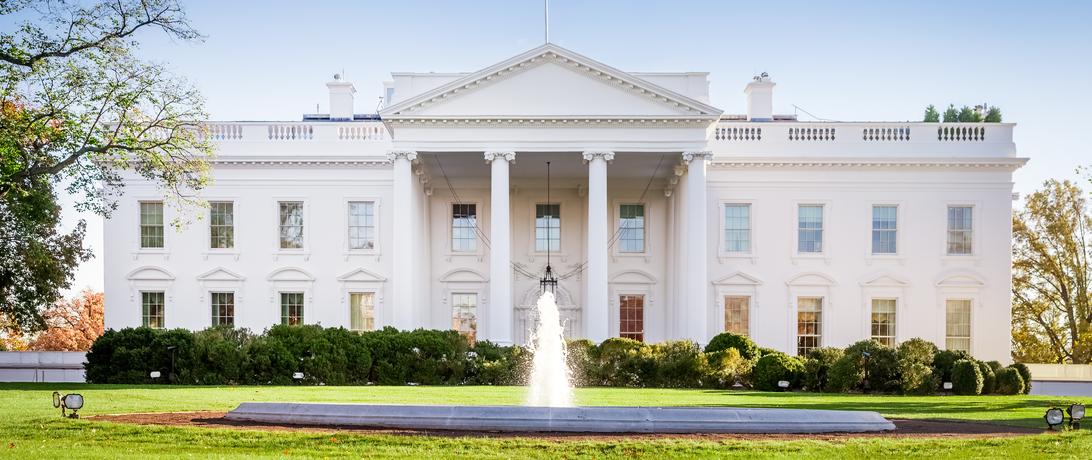
This brief outlines the main WPS developments from the Trump to the Biden Administration. There were some significant changes made by the Biden Administration pertaining to gender policy and coordination in general, which likely will also have implications for WPS going forward.
Key Findings
- While the 2019 “United States Strategy on Women, Peace and Security” recognized the need to “link our new, strategic approach to women, peace, and security to the NSS [National Security Strategy] and other national strategic guidance on matters of peace and security…” it was far less specific on how this coordination was supposed to take place and who or what office would be empowered to do so.
- Beyond the linkage to other government strategies and documents cited in the 2019 Strategy, additional coordination needs emerged with the passage of the Elie Wiesel Genocide and Atrocities Prevention Act of 2018 and the Global Fragility Act, which also required strategies and reports related to conflict prevention, recovery and accountability, with WPS as a constituent component.
- To date, the Trump-era WPS-related documents have not been formally rescinded, changed or replaced by the Biden Administration, but continue to be operational.
- The Biden Administration sees the WPS work clearly as building on the first ever U.S. WPS National Action Plan (NAP), which was released during the Obama-Biden Administration in 2016, and directs the Executive Agencies to “prioritize gender equity and equality.”
- President Biden had issued an Executive Order on the Establishment of the White House Gender Policy Council (E.O. 14020) in March 2021, and in June 2021 submitted the first WPS Congressional Report to Congress. The WPS Report does not directly address the relationship between the WPS agenda and the Gender Policy Council (GPC), bringing up more coordination questions.